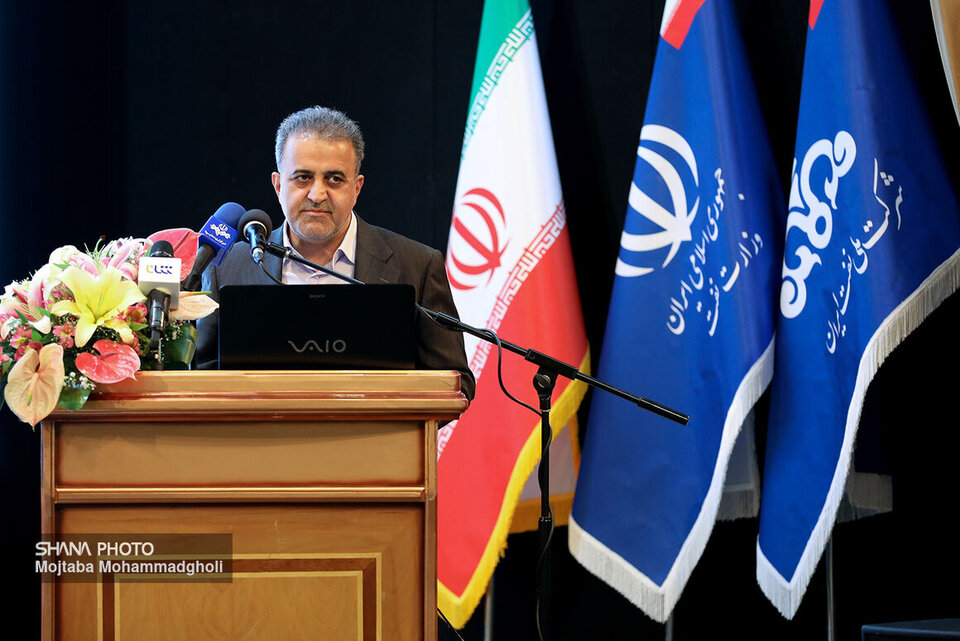Ali-Mohammad Mousavi, speaking Sunday at a briefing session for the 29th edition of the exhibition attended by ambassadors, representatives, and economic attachés, highlighted the event’s historic significance.
Scheduled for May 8-11, 2025, the exhibition is not only the largest energy trade hub in West Asia but also a platform for exchanging ideas and shaping the future of the global energy landscape.
Mousavi noted that over the past three decades, the exhibition has served as a cornerstone of energy diplomacy, fostering practical cooperation and political dialogue. He added that Iran, as a leading nation in oil and gas reserves, is ready to attract foreign investment and modernize its energy infrastructure.
Investment prospects in specialized sessions
The deputy minister pointed to recent efforts by the oil ministry to adopt advanced technologies in upstream, midstream, and downstream sectors, stressing their goal of creating a transparent and stable environment for international investors. This would enable key projects, including oil and gas field development, under modern financial frameworks such as Iran Petroleum Contracts (IPC).
Mousavi outlined specialized sessions at the exhibition, which will play a pivotal role in presenting investment opportunities and technical collaboration. These include the Conference on Transformation in Investment and Financing of National Iranian Oil Company Projects, offering unique prospects for joint ventures and expert partnerships.
He added that Iran is investing in emerging energy sectors such as petrochemicals, renewables, and hydrogen technologies as a reliable global partner.
Iran Oil Show: A bridge for int’l cooperation, peace
Mousavi emphasized the link between energy diplomacy and policy, stating that the exhibition fosters mutual understanding and sustainable partnerships, balancing economic and environmental goals.
In closing, he invited all energy stakeholders, including governments, corporations, and research institutions, to participate in the event and actively shape the future of global energy.


Your Comment